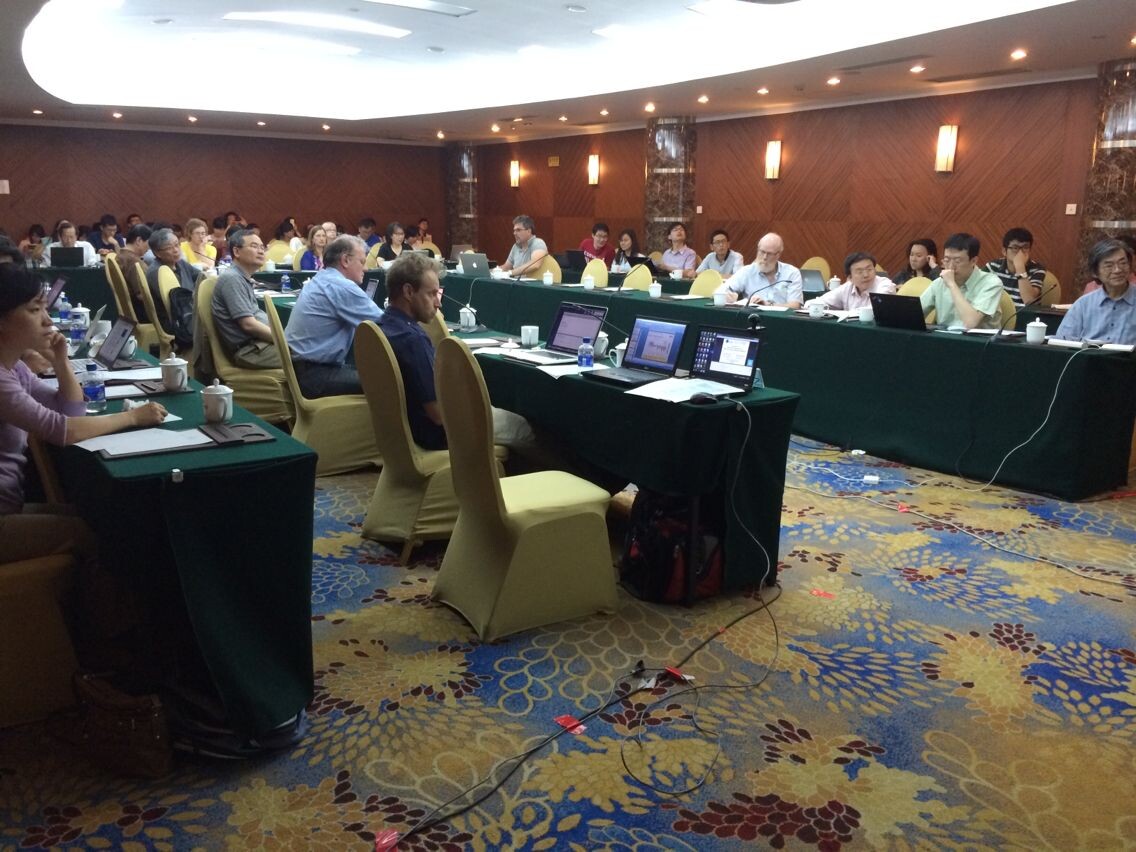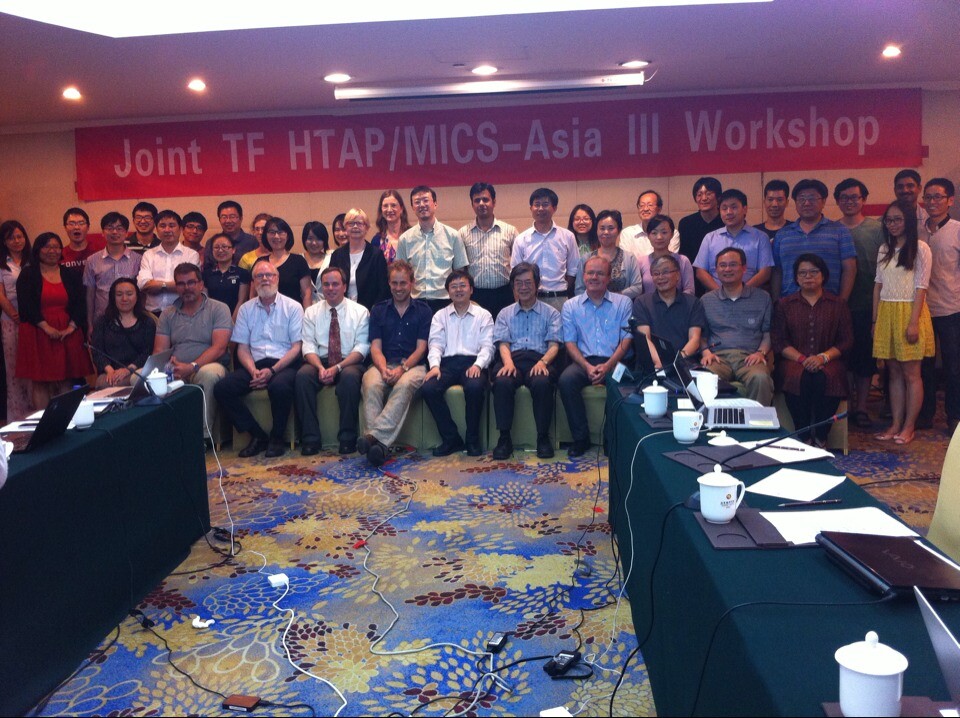The joint MICS-Asia (Model Inter-Comparison Study – Asia)/TF HTAP (Task Force on Hemispheric Transport of Air Pollution) workshop was successfully held in Beijing on May 22-23, 2014. The workshop was organized by State Key Laboratory of Atmospheric Boundary Layer Physics and Atmospheric Chemistry (LAPC), sponsored by Institute of Atmospheric Physics (IAP), Chinese Academy of Sciences (CAS). The workshop brought together more than 50 scientists from 30 research institutions of China, Korea, Japan, India, Thailand, the United States, the United Kingdom, Austria, Norway, Taiwan China and Hong kong, China gathered in Beijing to discuss the design and logistics of linked simulation experiments at the regional and global scales as part of MICS-Asia III and HTAP2 and the cooperative analysis of these experiments.
MICS-Asia was organized by Asia Center for Air Pollution Research (ACAP) and Institute of Atmospheric Physics (IAP), Chinese Academy of Sciences (CAS) to evaluate strengths and weaknesses of current multi-scale air quality models and provide techniques to reduce uncertainty in Asia, to develop a reliable anthropogenic emission inventories in Asia, and to research the interaction effect between air quality with climate change. The Task Force on Hemispheric Transport of Air Pollution (TF HTAP) is an international scientific cooperative effort to improve the understanding of the intercontinental transport of air pollution across the Northern Hemisphere. TF HTAP was organized in 2005 under the auspices of the UNECE (United Nations Economic Commission For Europe) Convention on Long-range Transboundary Air Pollution (LRTAP Convention). TF HTAP focused on understanding the intercontinental flows of ozone and its precursors, fine particles and their components, mercury, and persistent organic pollutants (POPs) with its impacts on health, ecosystem, and climate. The joint workshop was the first exchange and cooperation between the two organizations.
At the opening ceremony, Prof. Zifa Wang from IAP gave the welcome speech, Dr. Dentener from UNECE and Dr. Keating from U.S. Environmental Protection Agency also made remarks respectively. Hereafter, the members from two organizations introduced development history, research direction, work plan and latest research progress on emission inventory, air pollutant simulation, impacts on ecosystem, climate, and health of MICS-Asia III and HTAP2, respectively. On the second day, Data Specifications, Data Management Flow, Available Observational Data and Boundary Condition used in MICS-Asia III and HTAP2 were recommended by researchers. At last, data management and experiment design be used in cooperative air pollution simulation between the two organizations was discussed and determined, common research interests and Cooperation opportunity were also be probed. (from LAPC/IAP)


